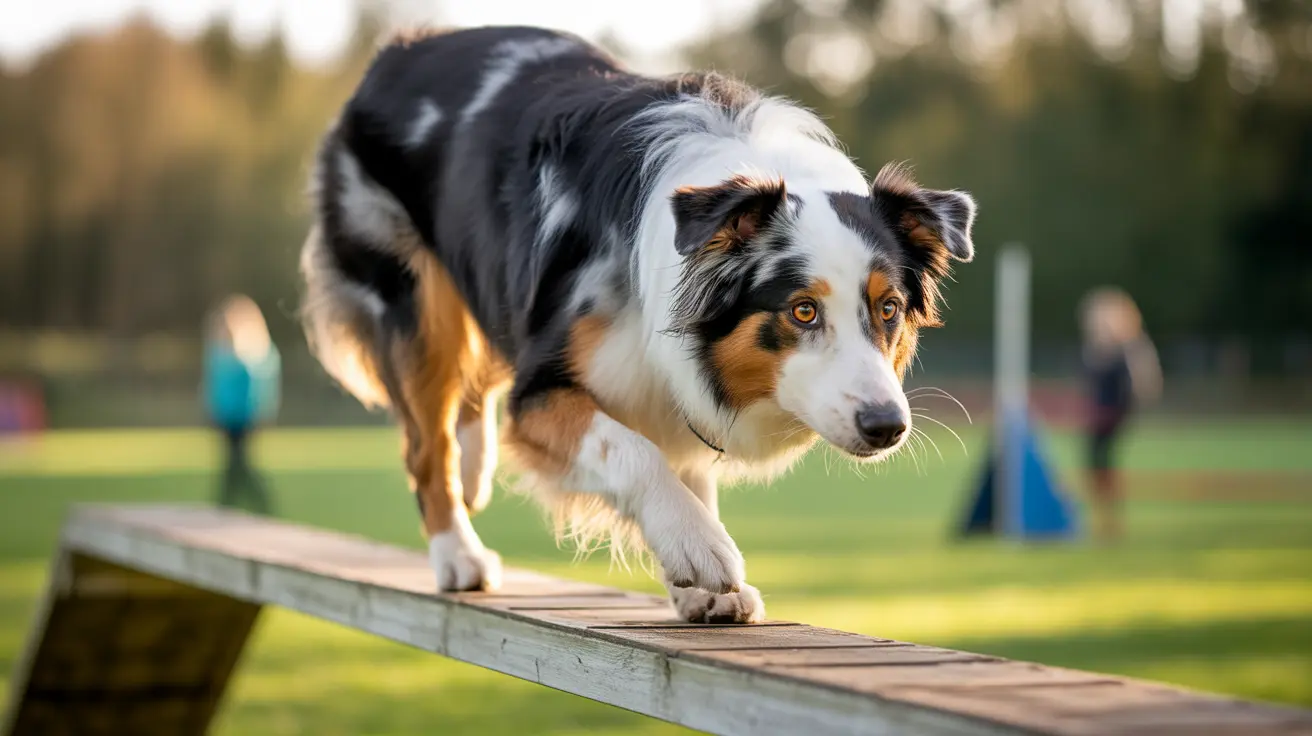Is It Safe to Touch a Prairie Dog? What You Need to Know
Prairie dogs are charming, social rodents native to the grasslands and shrublands of North America. While they play a vital role in their ecosystems, human interaction with them—especially physical contact—can pose notable health and safety risks. This article explores the potential dangers of touching prairie dogs and best practices for ensuring both human and wildlife safety.
The Nature and Habitat of Prairie Dogs
Prairie dogs are burrowing rodents that live in large colonies or "towns". These communities can span hundreds of acres and feature highly organized tunnel systems. There are five species of prairie dogs:
- Black-tailed prairie dog (most widespread)
- White-tailed prairie dog
- Gunnison's prairie dog
- Utah prairie dog
- Mexican prairie dog
These animals are gregarious and live in close-knit family groups called coteries. Though adorable and fascinating to observe, prairie dogs are wild animals and should be treated as such.
Health Risks: Diseases Carried by Prairie Dogs
The most significant consideration when it comes to handling prairie dogs is the transmission of diseases. Prairie dogs can carry:
1. Sylvatic Plague: This flea-borne disease is caused by
Yersinia pestis, the same bacterium responsible for bubonic plague in humans. Although human infections are rare, plague outbreaks in prairie dog colonies can kill up to 99% of the population.
- Symptoms in humans include fever, chills, and swollen lymph nodes.
- Primarily spread by fleas but can also be contracted by handling infected animals.
2. Tularemia: Another serious disease transmitted by prairie dogs through ticks and biting flies, or direct contact.
- Symptoms include flu-like conditions such as fever and muscle aches.
- Can be fatal if not treated promptly with antibiotics.
Precautions:
- Never touch living or dead prairie dogs.
- Avoid areas with mass die-offs, as these may indicate disease outbreaks.
- Use insect repellent and wear protective clothing when in their habitat.
Physical Hazards Linked to Prairie Dog Colonies
Beyond disease, prairie dog colonies can present physical hazards, especially in agricultural settings:
- Burrows create ground instability, posing risks to both humans and livestock.
- Colonies may harbor creatures like rattlesnakes and black widow spiders.
- Burrows can damage farm infrastructure and equipment.
While the likelihood of being bitten by a snake or spider is low, the risk increases if one ventures into or disturbs prairie dog burrow systems.
Protecting Yourself and Pets
To minimize risks to yourself and your pets:
- Keep pets leashed and away from prairie dog colonies.
- Avoid all direct contact with wildlife, especially rodents.
- Monitor pets for signs of illness if they’ve been near colonies.
Veterinary attention should be sought if pets develop symptoms such as lethargy, swelling, or fever following exposure.
Should You Handle Prairie Dogs?
No. Even if a prairie dog appears friendly or unafraid of humans, touching them is ill-advised. Handlers risk not only bacterial infections but also accidental bites or scratches. Prairie dogs are not domesticated pets and may behave unpredictably if they feel threatened.
Moreover, handling them can stress the animal and disrupt the colony's natural behaviors. In some regions, certain prairie dog species are classified as endangered, and disturbing them can carry legal consequences.
The Conservation Perspective
Some prairie dogs, like the Utah and Mexican species, are considered endangered or threatened. Human interference—including direct handling or habitat disruption—can significantly impact their conservation.
Best practices to respect prairie dogs and their habitats:
- Observe from a distance using binoculars or zoom lenses.
- Report ill or dead animals to wildlife authorities.
- Support conservation efforts through education and activism.
What to Do If You Are Exposed
If you or your pet comes into contact with a prairie dog:
- Wash hands and any affected areas thoroughly with soap and water.
- Seek medical or veterinary attention, especially if you notice symptoms like fever, swelling, or rashes.
- Inform healthcare providers about the contact for accurate diagnosis and treatment.
Conclusion
While prairie dogs are fascinating and ecologically important animals, physical interaction with them poses real risks. From potential disease transmission to ecological impact and legal considerations, the best approach is to admire these animals from afar. By respecting their role in the ecosystem and avoiding direct contact, both people and wildlife can remain safe and thrive.





